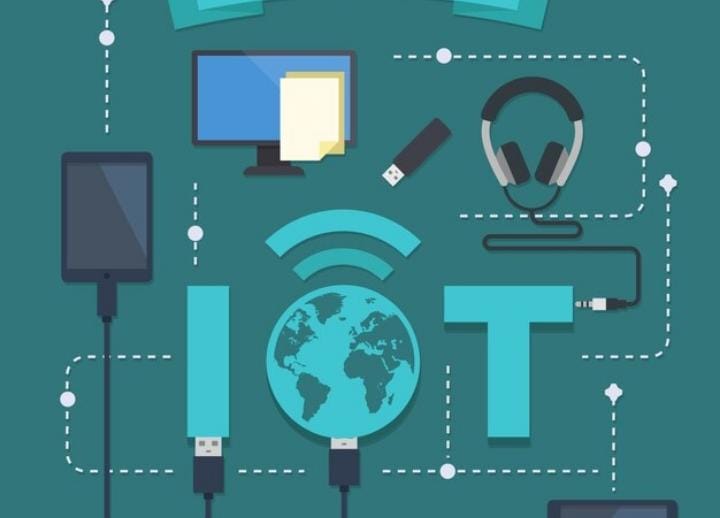Introduction
In today’s fast-paced digital landscape, one specific term gaining attention is the203.160.175.158:14001. Whether you’re a curious learner, a tech enthusiast, or someone exploring network-related configurations, understanding this concept can open doors to deeper insights about how digital systems function. This article will break it down in simple, practical terms, while still keeping things expert-level and highly useful.
What Does the203.160.175.158:14001 Mean?
At its core, the203.160.175.158:14001 looks like a technical string combining an IP address and a port number. The IP portion (203.160.175.158) identifies a unique device or server on a network, while the port number (14001) specifies a particular service or process that the system is set to handle. Together, they form a unique pathway that allows communication to occur between systems.
When you see the203.160.175.158:14001, think of it as an exact street address with an apartment number: the IP address is the street, and the port is the specific apartment door. Both are needed for accurate digital communication.
Why is the203.160.175.158:14001 Important?
The significance of the203.160.175.158:14001 lies in its precision. It isn’t just a random string of numbers—it represents a dedicated access point that helps data travel efficiently and securely. In real-world applications, configurations like the203.160.175.158:14001 are used for everything from remote server access to managing specialized software systems. Without such structured identifiers, modern networking would be chaotic and unreliable.
Practical Applications of the203.160.175.158:14001
Remote Access
One of the key applications of the203.160.175.158:14001 is enabling remote users to connect to specific services. Instead of navigating blindly through a network, this exact string guides the user directly to the intended service.
Data Management
In organizational setups, the203.160.175.158:14001 may correspond to a particular database or resource portal. By designating a port, administrators ensure that traffic is streamlined and protected from interference.
Network Security
Interestingly, the203.160.175.158:14001 can also be tied to security measures. By restricting access to certain IP-port combinations, organizations add an extra layer of control over who can reach sensitive resources.
Common Misconceptions about the203.160.175.158:14001
Many people assume that the203.160.175.158:14001 is overly complex or only relevant to IT experts. In reality, the idea is quite simple once you break it down. Another misconception is that the203.160.175.158:14001 always refers to a single, unchanging service. In practice, administrators can configure and reassign ports based on evolving needs.
Benefits of Understanding the203.160.175.158:14001
By familiarizing yourself with terms like the203.160.175.158:14001, you gain:
-
Clarity: You’ll better understand how systems connect.
-
Confidence: Troubleshooting network issues becomes less intimidating.
-
Efficiency: You’ll know why precise addressing saves time and prevents errors.
For businesses, having staff who understand the203.160.175.158:14001 can reduce downtime and improve operational performance.
Troubleshooting the203.160.175.158:14001
Like any network element, the203.160.175.158:14001 may sometimes encounter issues. If connections fail, common checks include verifying the IP address, ensuring the correct port is open, and confirming firewall settings. By running these simple checks, users often resolve problems quickly without needing extensive technical intervention.
Expert Tips for Working with the203.160.175.158:14001
-
Document Everything – Keep track of configurations that involve the203.160.175.158:14001.
-
Regular Testing – Perform routine checks to confirm accessibility.
-
Update Security – Monitor who has access to the203.160.175.158:14001 and adjust permissions when necessary.
-
Stay Flexible – If performance issues arise, consider adjusting the assigned port or updating system resources.
Conclusion
Understanding the203.160.175.158:14001 doesn’t require a degree in computer science. At its essence, it’s about knowing how an IP address and port work together to create precise digital communication pathways. Whether you’re handling remote access, managing databases, or enhancing network security, this knowledge is both practical and empowering. The next time you encounter the203.160.175.158:14001, you’ll recognize it as a powerful tool that simplifies the complexity of modern networking.
